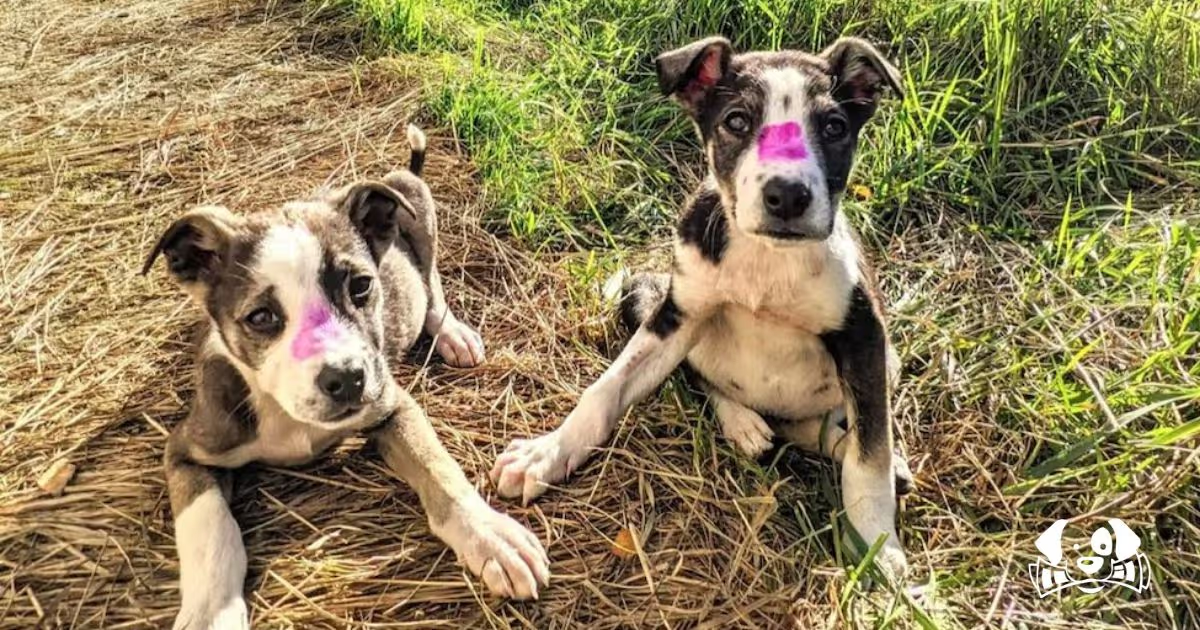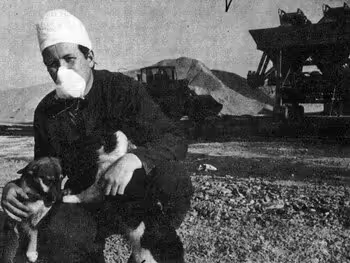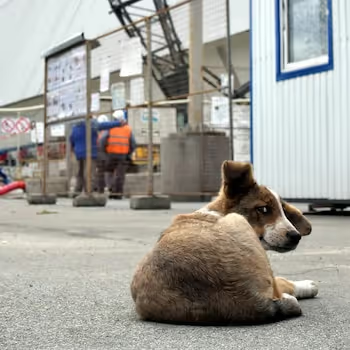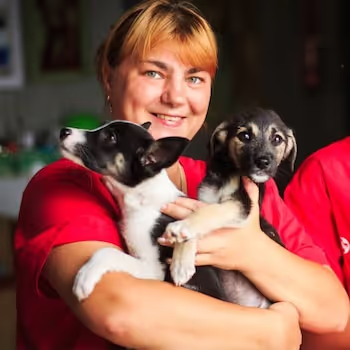The Incredible Story of Chernobyl's Dogs Who Adapted to a Radioactive World
Decades after the nuclear disaster, the stray dogs of Chernobyl continue to survive, revealing biological secrets about life under extreme radiation exposure.

39 Years Since the Catastrophe
On April 26, the world marks 39 years since the Chernobyl nuclear disaster, one of the worst environmental catastrophes in history. When Reactor 4 exploded at the Chernobyl Nuclear Power Plant, it released radiation levels 200 times higher than those of the atomic bombs dropped on Hiroshima and Nagasaki.
Around 350,000 people were evacuated, many forced to leave their pets behind. Against all odds, some of these abandoned animals, now known as the "Chernobyl dogs," survived and even thrived in the contaminated exclusion zone.

Life Finds a Way
After the evacuation of Pripyat and nearby towns, former domestic dogs turned feral and began forming new generations in the deserted areas around the reactor. Despite constant exposure to radiation and scarce food resources, the dogs managed to adapt and establish stable populations.
Their presence intrigued scientists, who saw a rare opportunity to study long-term radiation exposure effects in mammals.

Groundbreaking Genetic Study
In 2017, biologist Timothy Mousseau, together with the Clean Futures Fund (CFF), launched an unprecedented genetic study. Researchers collected blood and tissue samples from 302 dogs living in various parts of the exclusion zone.
Published in Science Advances, the study concluded that these dogs are direct descendants of pets abandoned during the 1986 evacuation. Genetic analysis revealed unique mutations likely resulting from prolonged radiation exposure.

Evolution Under Extreme Conditions
The research uncovered high genetic concentrations among the dogs closest to the nuclear plant, suggesting isolated breeding with little human interference. Scientists identified 15 distinct family groups among the population, indicating the dogs not only survived but maintained stable social structures.
Some mutations found may help the dogs better withstand extreme conditions like high radiation, freezing temperatures, and chronic food scarcity.
Veterinary Interventions and Ongoing Monitoring
The Clean Futures Fund, established in 2016, played a crucial role in managing the dog population through sterilization, vaccination, and medical treatment programs. Working in hazardous conditions, veterinarians sedate dogs using air rifles to perform necessary procedures.
These initiatives not only improve the dogs' welfare but also allow researchers to continue studying how radiation affects mammals over generations.


.avif)
.avif)




























.avif)
.avif)
.avif)
.avif)
.avif)
.avif)
.avif)
.avif)
.avif)
.avif)
.avif)

.avif)
.avif)
.avif)
.avif)
.avif)
.avif)
.avif)
.avif)
.avif)
.avif)
.avif)
.avif)

.webp)
.webp)
.webp)
.webp)
.webp)
.webp)
.jpg)

